Spring flowers are a welcome sight for gardeners, but even more so for pollinating insects.
Bumblebees, solitary bees, butterflies and many other pollinators emerge when the weather warms up, but pollen and nectar can be hard to come by. A huge number of plants rely entirely on bees and other insects for pollination, and yet population numbers are declining. But you can help them with your garden!
Many insect species have been hibernating since autumn, and when they come out they need food for energy. Hoverflies, butterflies and hibernating bees such as bumblebees and solitary bees will come out at the first sign of warmer weather – this can be any time from February to April.
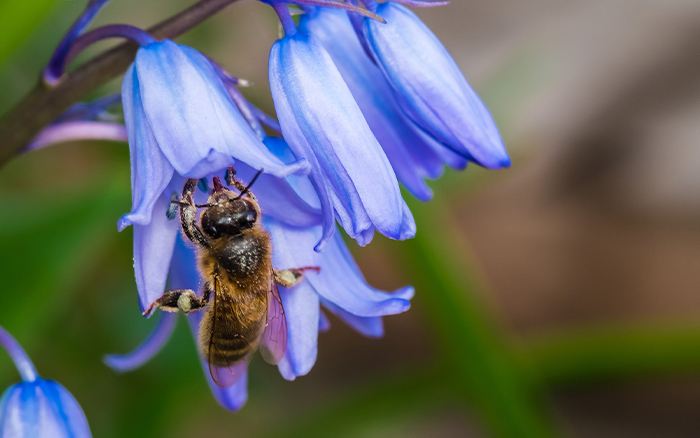
The sweet nectar hidden among the brightly coloured petals of early spring flowers can be a lifeline for hungry insects.
Some species of bee, such as honeybees meanwhile don’t hibernate, so they will become more active and start collecting nectar as soon as your spring flowers arrive. There are even some species of butterfly that will be migrating back to the UK from warmer climes, so will need plenty of nectar after their long trip.
Here’s my top 10 spring-flowering plants for pollinators:
Top Ten Spring Plants for Pollinating Insects
Crocus (Crocus)
These are often the first flowers to appear in spring, and bees love them. Plant crocuses in drifts in autumn to provide loads of pollen and nectar early on. They generally prefer a sunny spot, and you will find that the purple-flowered varieties especially are the most popular with pollinators.
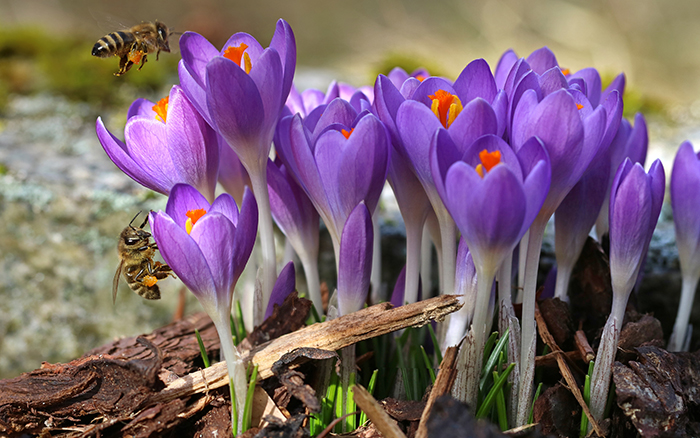
Galanthus (Snowdrops)
Snowdrops are great for planting in shady spots under shrubs and trees and their delicate hanging flowers harbour vital food resources for flies and other pollinating insects. They can be planted in dormant bulb form, in autumn, but you can also order them now ‘in the green’ which some say brings the best results.
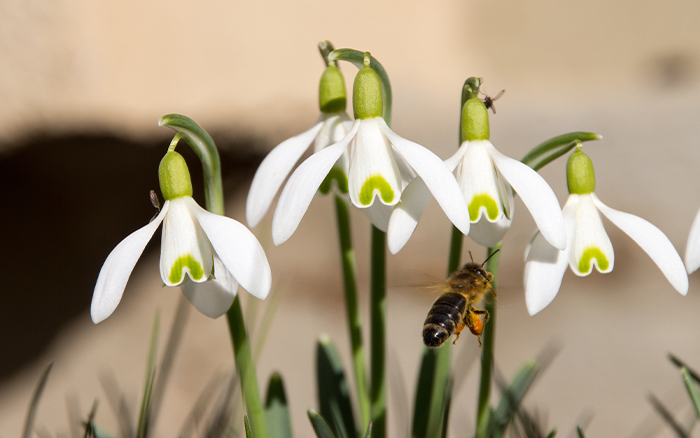
Hellebore (Christmas/Lenton Rose)
Hellebore is a winter flowering plant that’s perfect for winter and spring hanging baskets and containers. They’re happy in partial shade and thrive particularly well in alkaline soil. Their pretty, bowl shaped flowers are usually white and are a fantastic source of pollen for insects early on in the season.
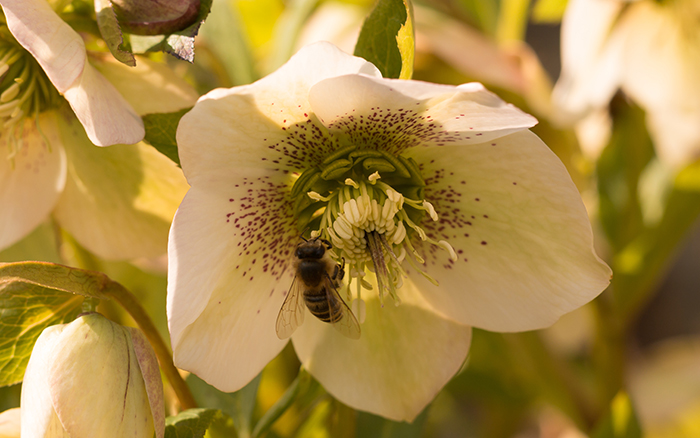
Muscari Neglectum (Grape Hyacinth)
Grape hyacinths are always popular with pollinators and are a visually striking addition to your spring garden. Again, these are bulbs, so you usually plant them in autumn however, they will also be available to buy in pots from garden centres now. They are happy in either sun or dappled shade.
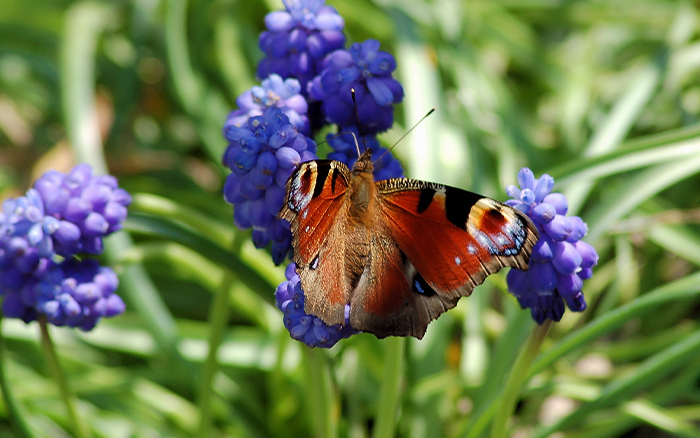
Malus Domestica (Apple Tree)
The spring blossom of fruit trees like apple, peach, plum and cherry appear just as spring bulbs are beginning to fade. The beautiful blossom of apple trees is perfect for bees, and just as well because in order to bear fruit, they must be pollinated by visiting bees and other insects. Apple trees are best planted over winter.
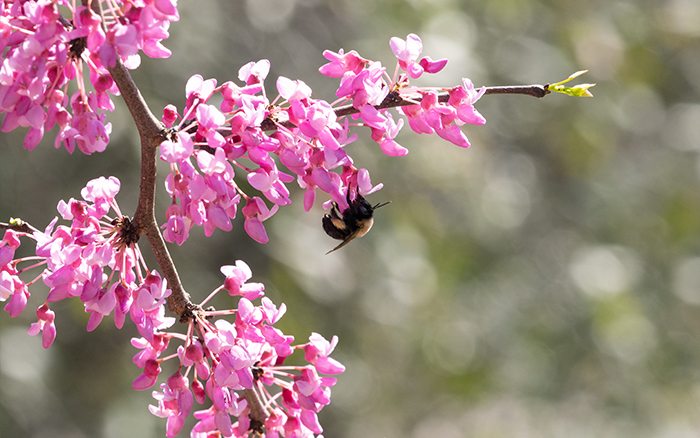
Ribes Sanguineaum (Flowering Currant)
A lovely bushy shrub with deep pink flowers that are perfect for pollinating bees. It’s easy to grow in a sunny spot in your garden and makes a pretty addition to beds and borders. Some varieties will also bring you autumn interest in the form of small black berries.
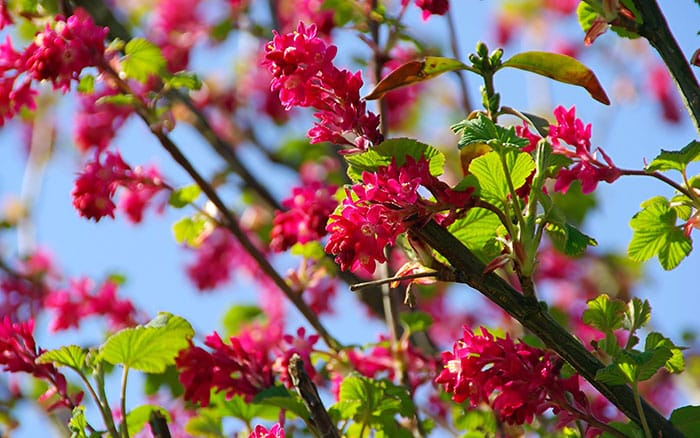
Primula Vulgaris (Primrose)
These are great flowering plants for pots and containers, and they give hungry bees a much-needed feast in the springtime. They love a sheltered position that gets lots of sun but can also manage in partial shade if need be.
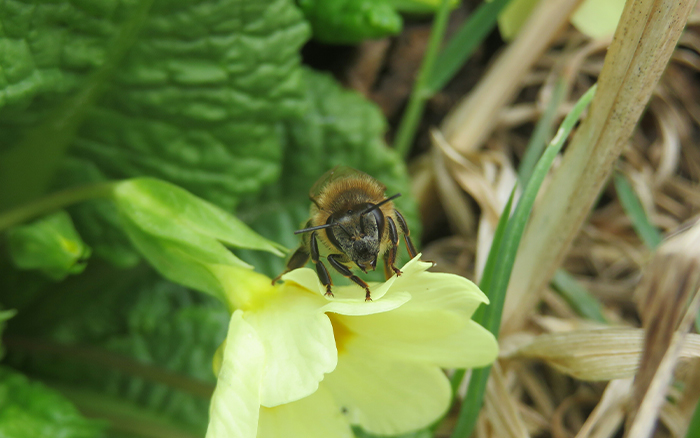
Erica Carnea (Heather)
Winter-flowering heather is covered in tiny flowers that are packed full of pollen. It looks stunning at the front of borders or by paths and gates. Bear in mind that most varieties of heather are not tolerant of the lime found in alkaline soils – so unless your soil is naturally acid or neutral, use ericaceous compost
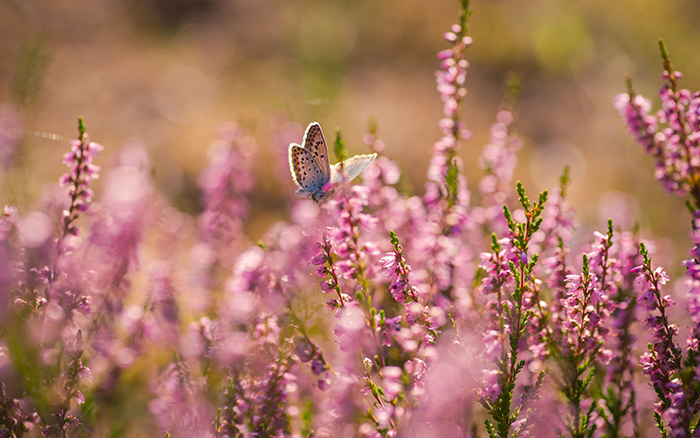
Hyacinthoides Non-Scripta (Bluebell)
These are often grown to give the garden a woodland feel, or as part of a cottage garden. Plant them in drifts around the base of trees and the pollinating insects will thank you later. They like dappled shade and slightly moist soil and are best planted as bulbs in the autumn.

Mahonia Japonica (Japanese Mahonia)
A striking shrub with bold yellow flowers that attracts plenty of pollinators and brightens up your garden in winter and spring. It’s a lovely low maintenance plant that is great for a shady garden and will do well in your beds and borders.
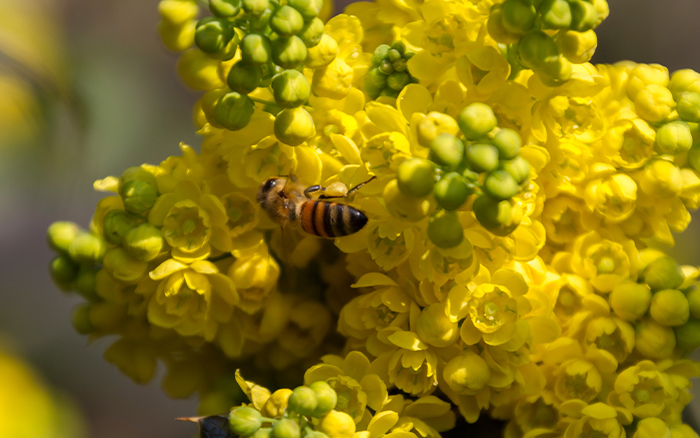

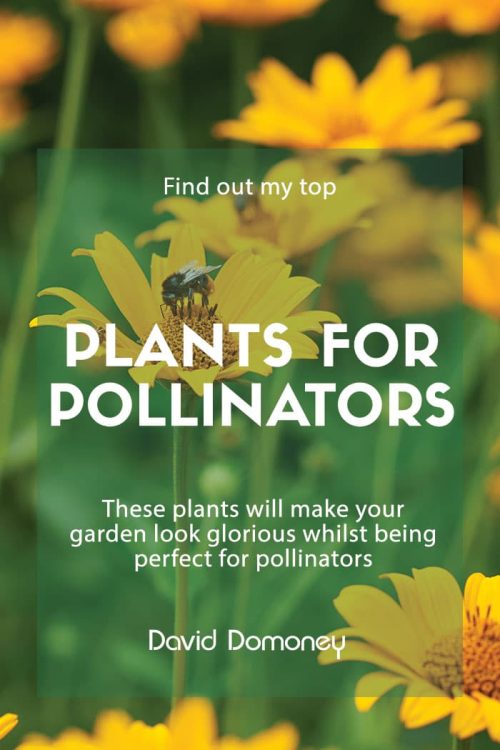
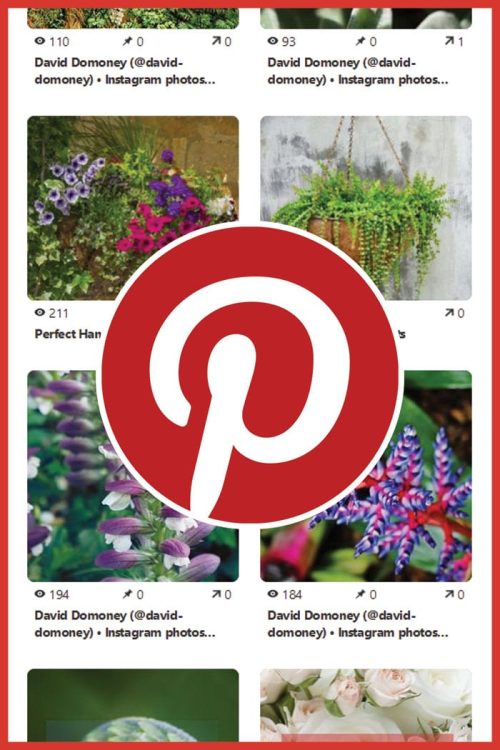

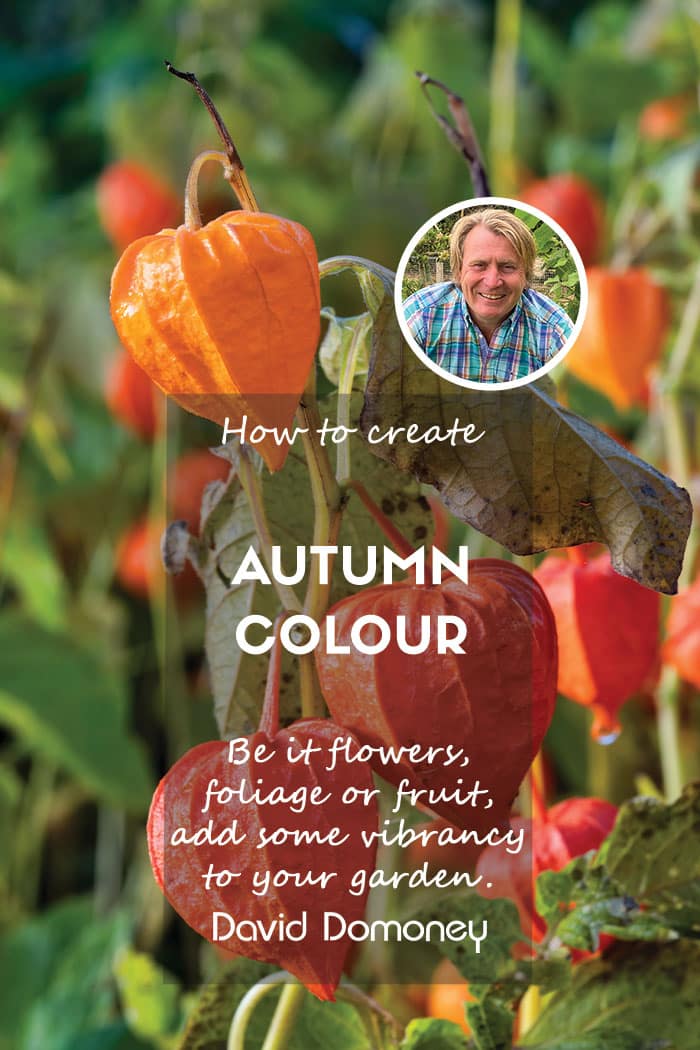
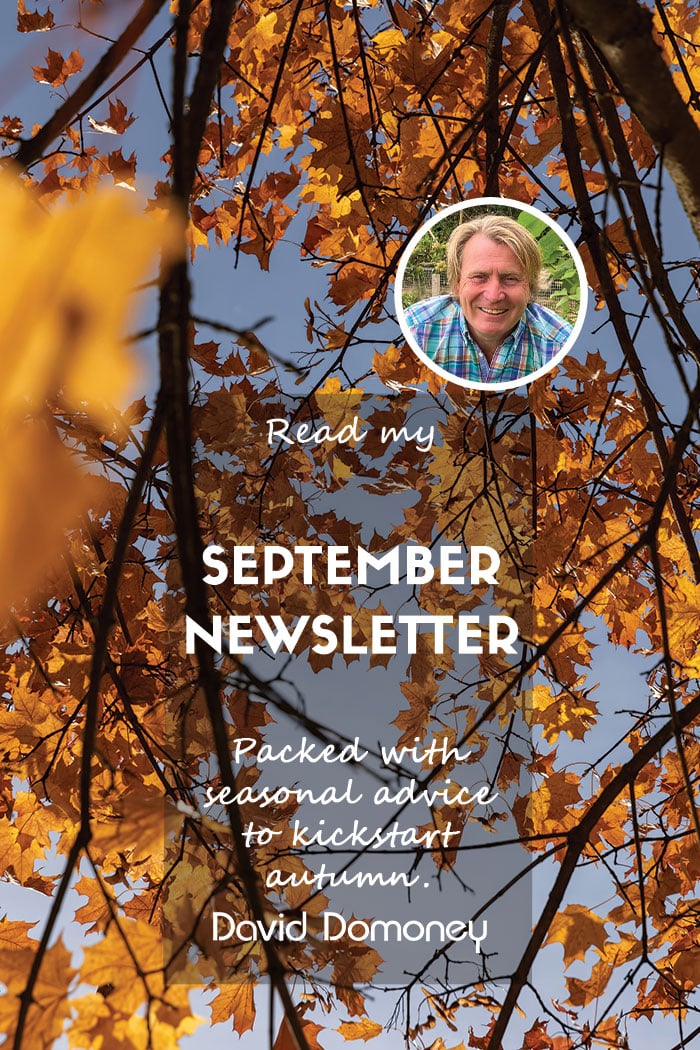
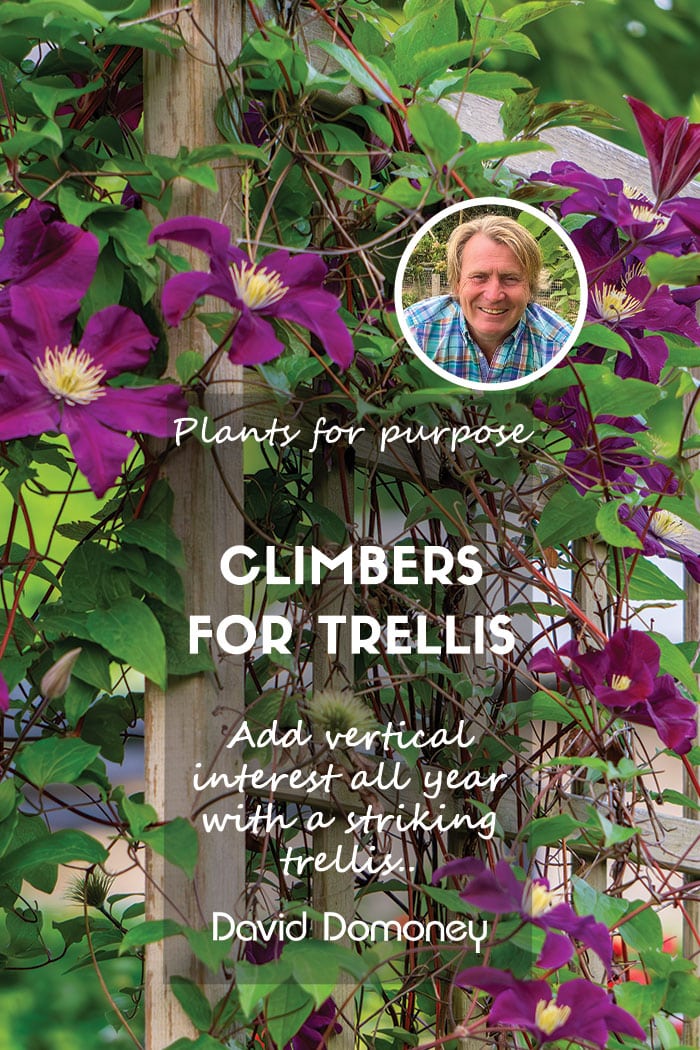
David! I see YOU sell plants! I’m so glad! I’m now going to go take a look and hopefully find what I want :-0 :-)